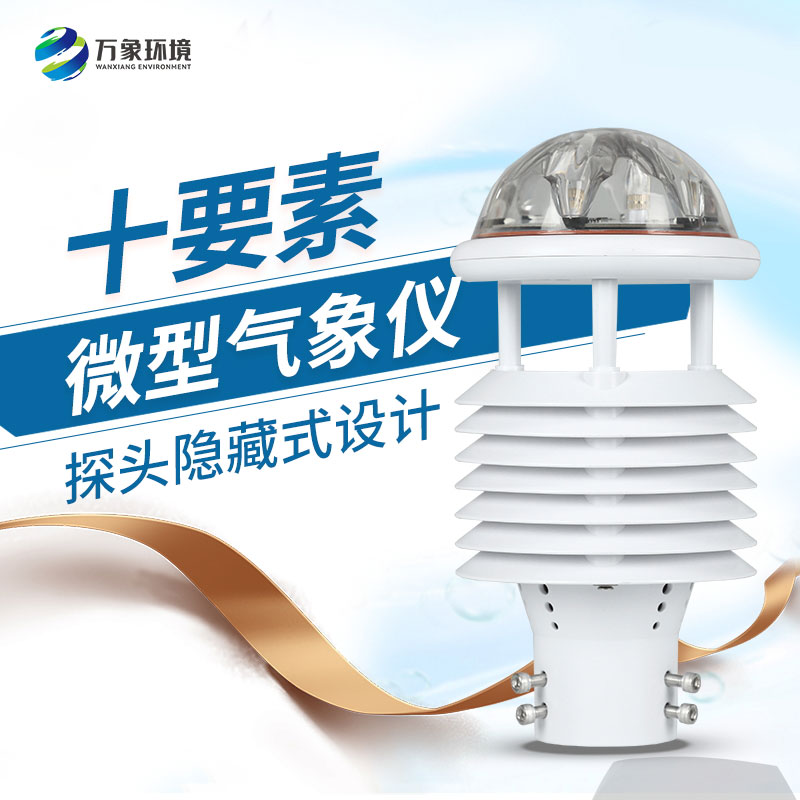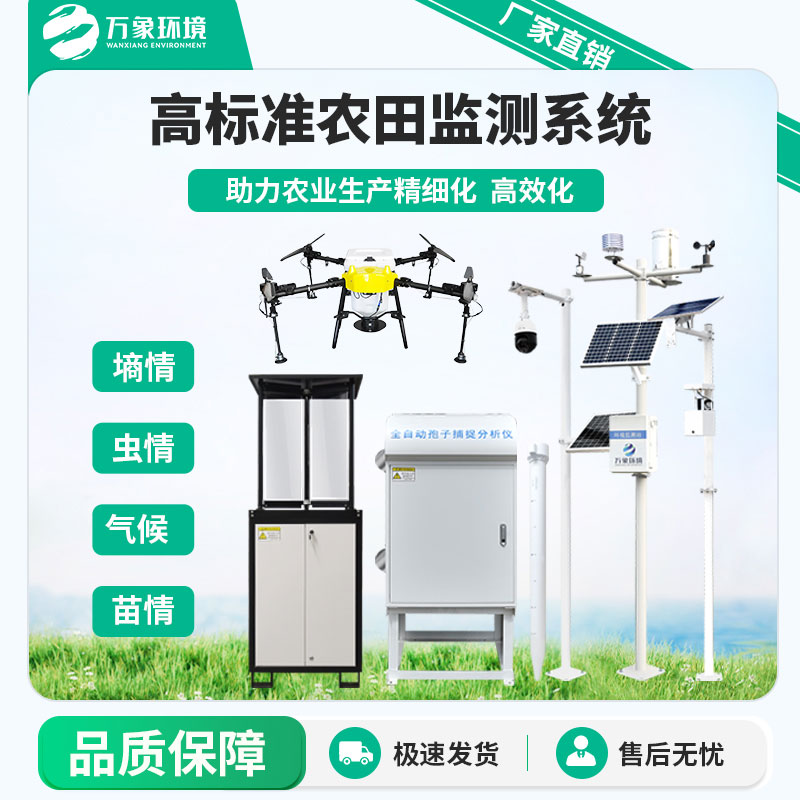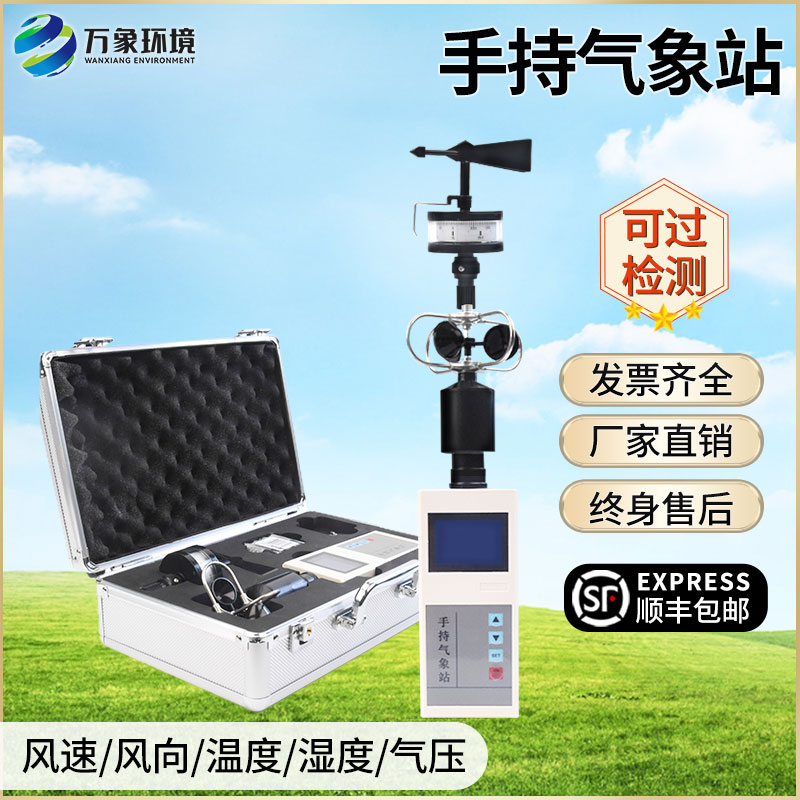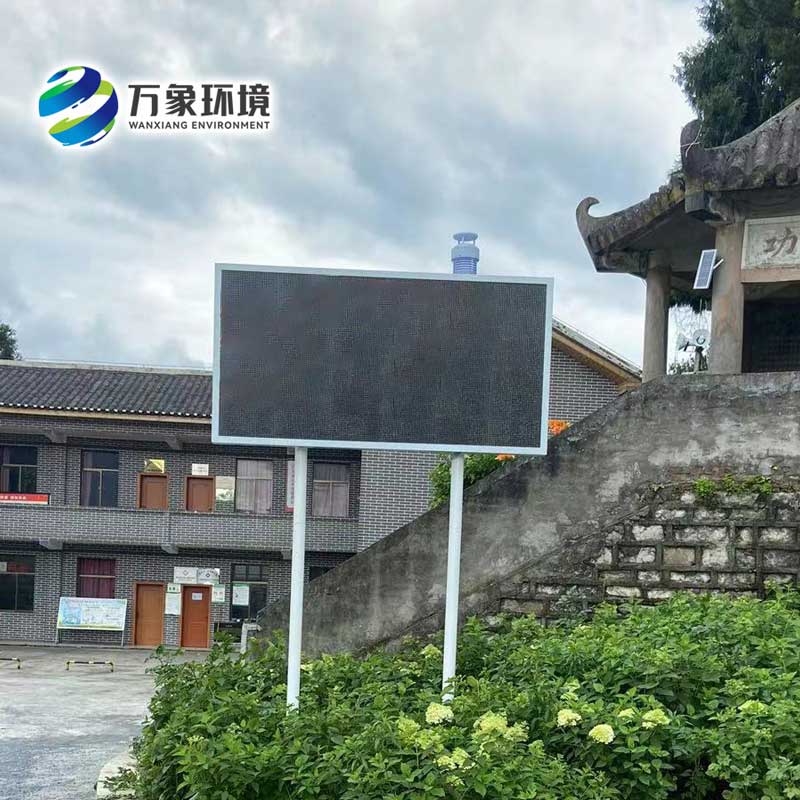Although traditional weather stations can provide basic meteorological information, their accuracy is often limited in complex and changeable micro-environment. The meteorological environment monitoring micrometeorological instrument, with its highly integrated sensor array, can achieve real-time and high-precision monitoring of temperature, humidity, atmospheric pressure, wind speed, wind direction, PM2.5, PM10, noise, optical rainfall, light and other environmental parameters. These data, like the DNA of nature, provide valuable decision-making basis for scientific research, agriculture, urban planning and many other fields.
Different from traditional weather stations with fixed stations, the WX-WQX10 microweather meter achieves seamless coverage from urban streets to fields and mountains with its compact and portable design. Whether it is monitoring the urban heat island effect, early warning of agricultural meteorological disasters, or scientific research on mountain glaciers, micrometeorologists can easily respond and flexibly deploy to provide customized meteorological services for specific regions.
With the blessing of the Internet of Things technology, the modern micrometeorological instrument is not only a data collector, but also an intelligent data transmission and sharing platform. Through wireless communication technology, it can quickly upload real-time data to the cloud server to achieve remote access and analysis of data. At the same time, it supports multi-platform access, such as mobile phone APP, computer terminal, etc., so that users can grasp the weather changes anytime and anywhere, and enjoy the convenience brought by intelligence.
Combining big data analysis and artificial intelligence algorithms, micrometeorimeters can provide early warning and trend prediction of extreme weather events based on historical data and real-time monitoring results. This is of great significance to reducing losses from natural disasters and ensuring the safety of people's lives and property. In the field of agriculture, it can guide farmers to prepare for disaster prevention and reduction in advance, ensure the healthy growth of crops, and improve agricultural production efficiency.

Article address:
http://www.qxhjjc.com/en/article/1210.html


















 Home
Home phone
phone Product Overview
Product Overview Contact Us
Contact Us